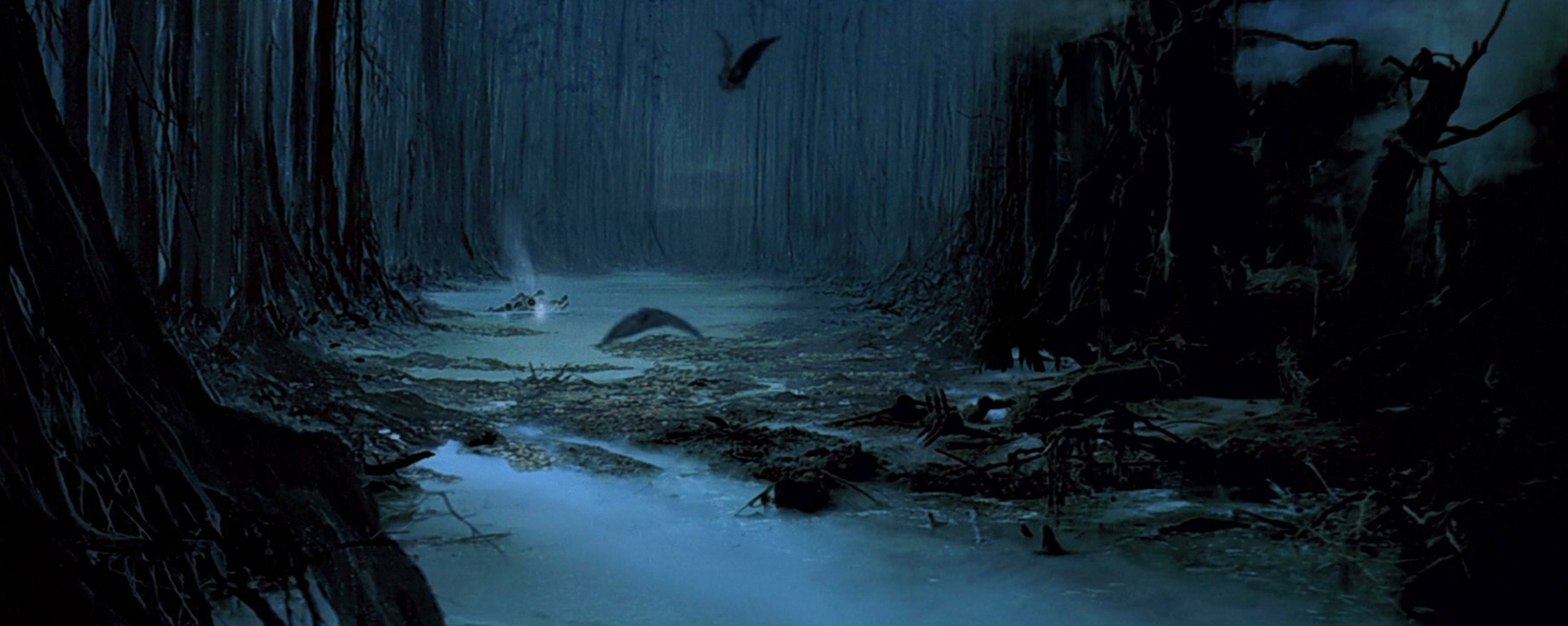The “Nature” of Lucasfilm
Examining a Key Ingredient to 50 Years of Storytelling
In Star Wars: The Empire Strikes Back, Luke Skywalker struggles to connect with the Force during his training with Yoda. In the midst of a teeming forest setting on Dagobah, the Jedi Master implores Luke to “feel the Force around you, here, between you, me, the tree, the rock, everywhere.”
Like a Jedi’s connection to their surroundings, Lucasfilm has placed a high value on the natural world in its 50 years of storytelling.
Throughout the Star Wars saga, the forces of good tend to be “nature-based,” as executive creative director Doug Chiang would explain. In contrast the Empire is “technology-based.” Luke Skywalker is a farm boy from the desert lands of Tatooine, where the lives of its inhabitants are defined by the landscape. The Rebel Alliance adapts to the settings of countless back-worlds to outmaneuver the Empire with its manufacturing power.
This extends to other stories. Indiana Jones is an archaeologist, a man literally “of the earth.” Farmer Willow Ufgood is tending his fields when a small child arrives to a nearby riverbank, delivered by nature itself.
Perhaps the strongest examples are found in the culture of the Ewoks, who believe their kind originates from a great tree. In their adventures told both in live-action and animation, the Ewoks are concerned with the plants and wildlife around them. In Star Wars: Return of the Jedi, the invading Empire poses a threat not only to their species, but to all life on Endor.
In the animated series, Star Wars: The Clone Wars, Master Yoda visits the planet Dagobah after hearing the voice of deceased Jedi Qui-Gon Jinn. “It is one of the purest places in the galaxy,” says Qui-Gon of Dagobah, a world covered in forests and densely-populated life.
A generation later, in Star Wars: The Last Jedi, Luke Skywalker teaches Rey about the delicate balance of life on the small island he inhabits. Rey becomes aware of her surroundings, “life, death and decay, that feeds new life…peace, violence,” and the balance that works between it all.
All of these examples invoke the science of ecology, the study of relations between living organisms and the places where they live. But they also speak to something numinous beyond a specific discipline, something almost reserved for art.
In The Adventures of Young Indiana Jones, ten-year-old Indy learns about the delicate balance of life on an African savanna from two eclectic sources: former President Theodore Roosevelt and a young boy from the region named Meto. Roosevelt teaches Indy about humankind’s need to understand and respect nature. Meto teaches Indy how to see relationships between living things and understand how the balance of life becomes disrupted.
This awareness not only informs Lucasfilm’s storytelling, but the crafts that bring those stories to life. At Industrial Light & Magic and Skywalker Sound the artists and technicians place a high value on the observation of nature. Natural elements are adapted or captured for a visual effect, and real-world sounds recorded in the field serve as the foundation for new sound design. In the construction of Skywalker Ranch in the rolling hills of northern California, company founder George Lucas designed a place where nature informs creativity in all of its diverse forms.
Wherever you may be today, may you find hope and beauty in your surroundings. Happy Earth Day 2021 from all of us at Lucasfilm!
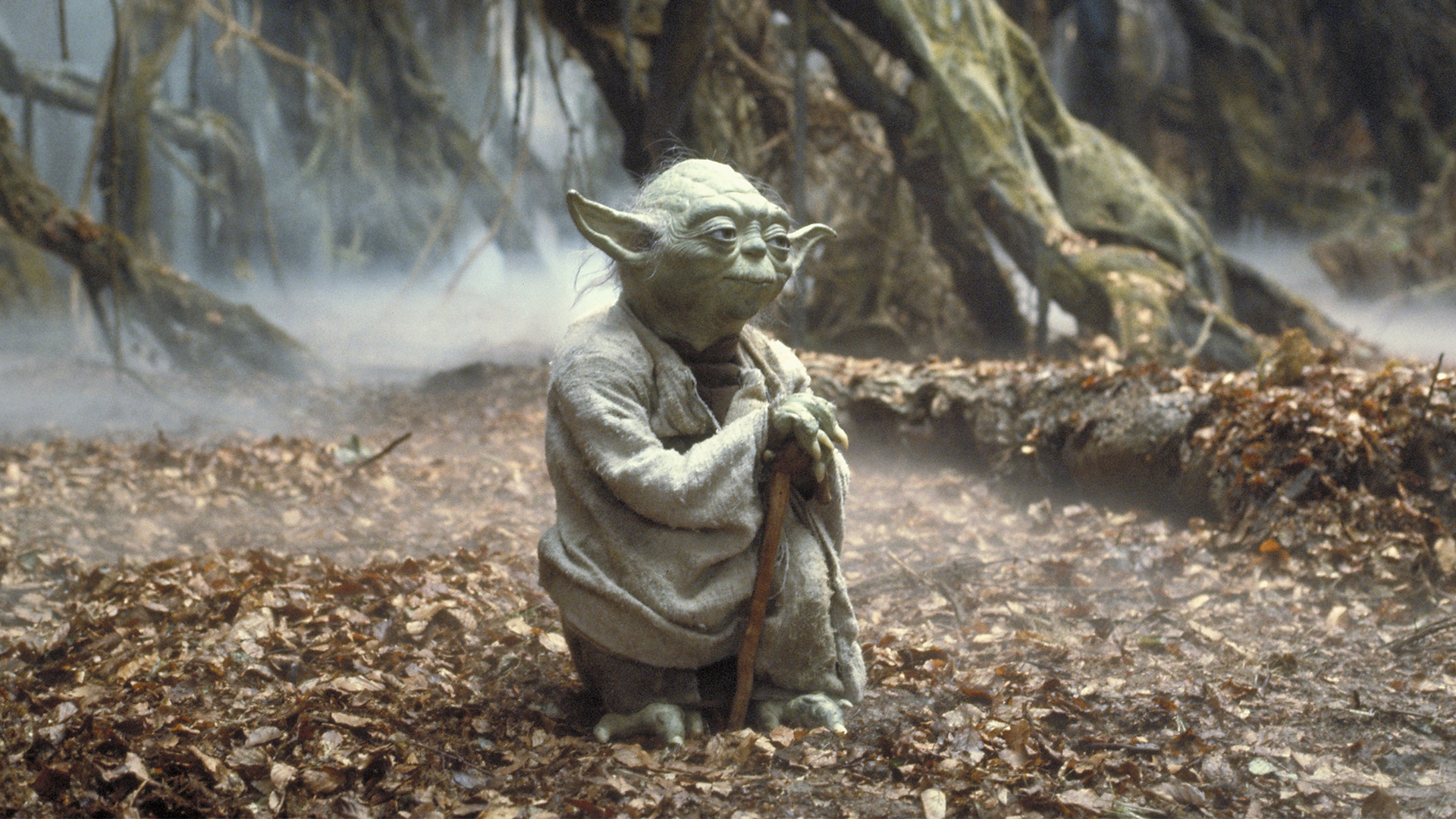
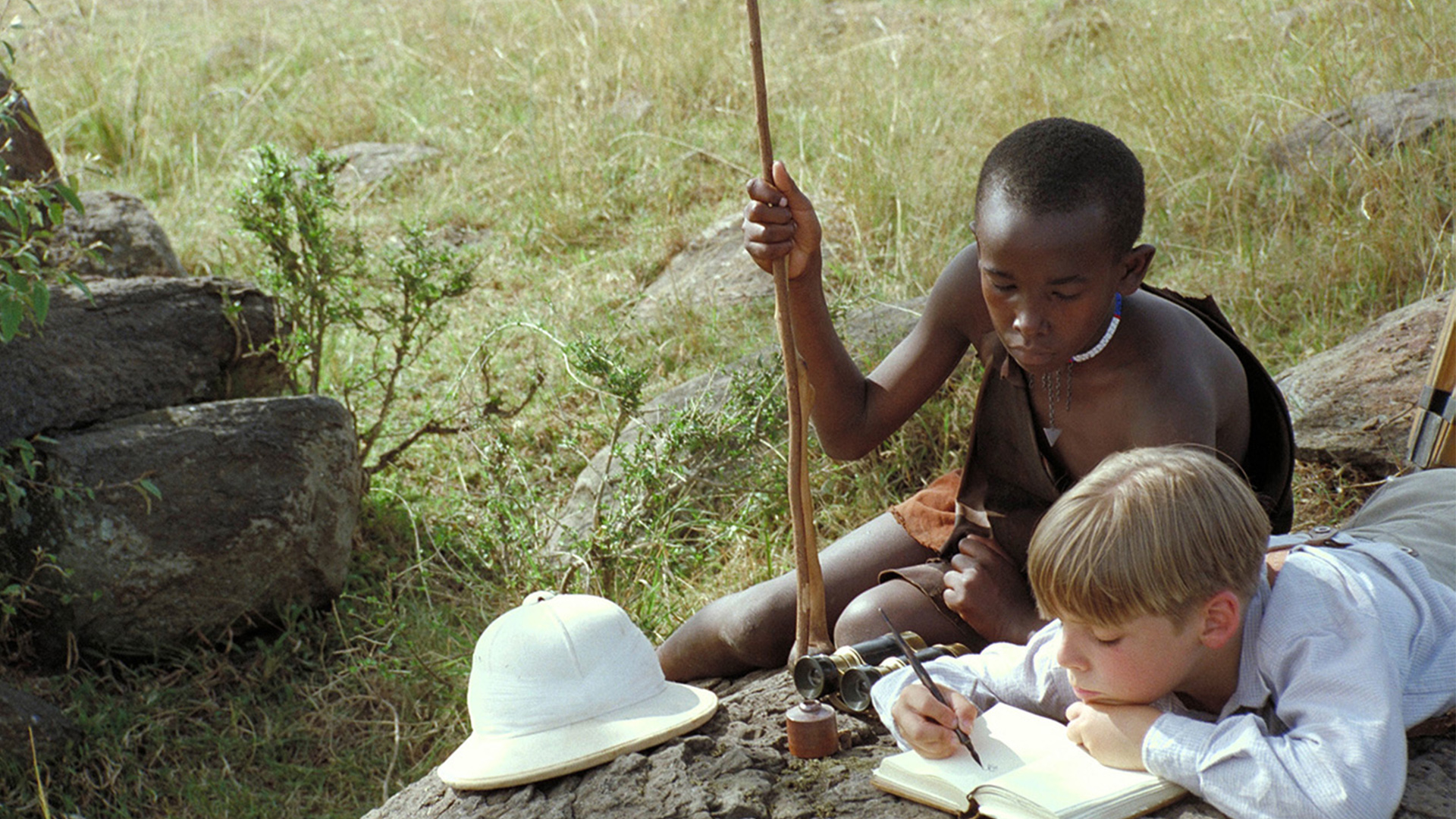
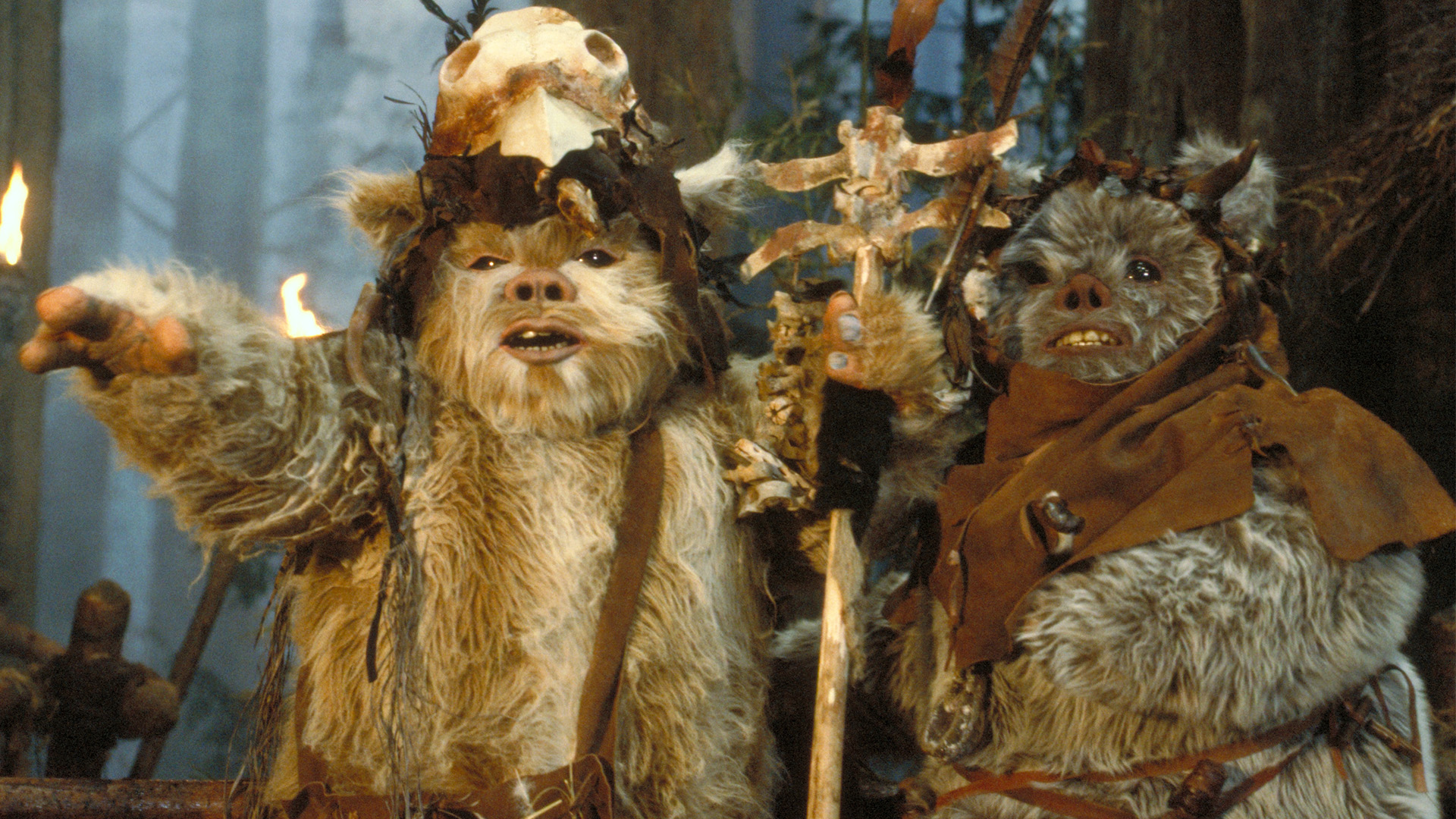
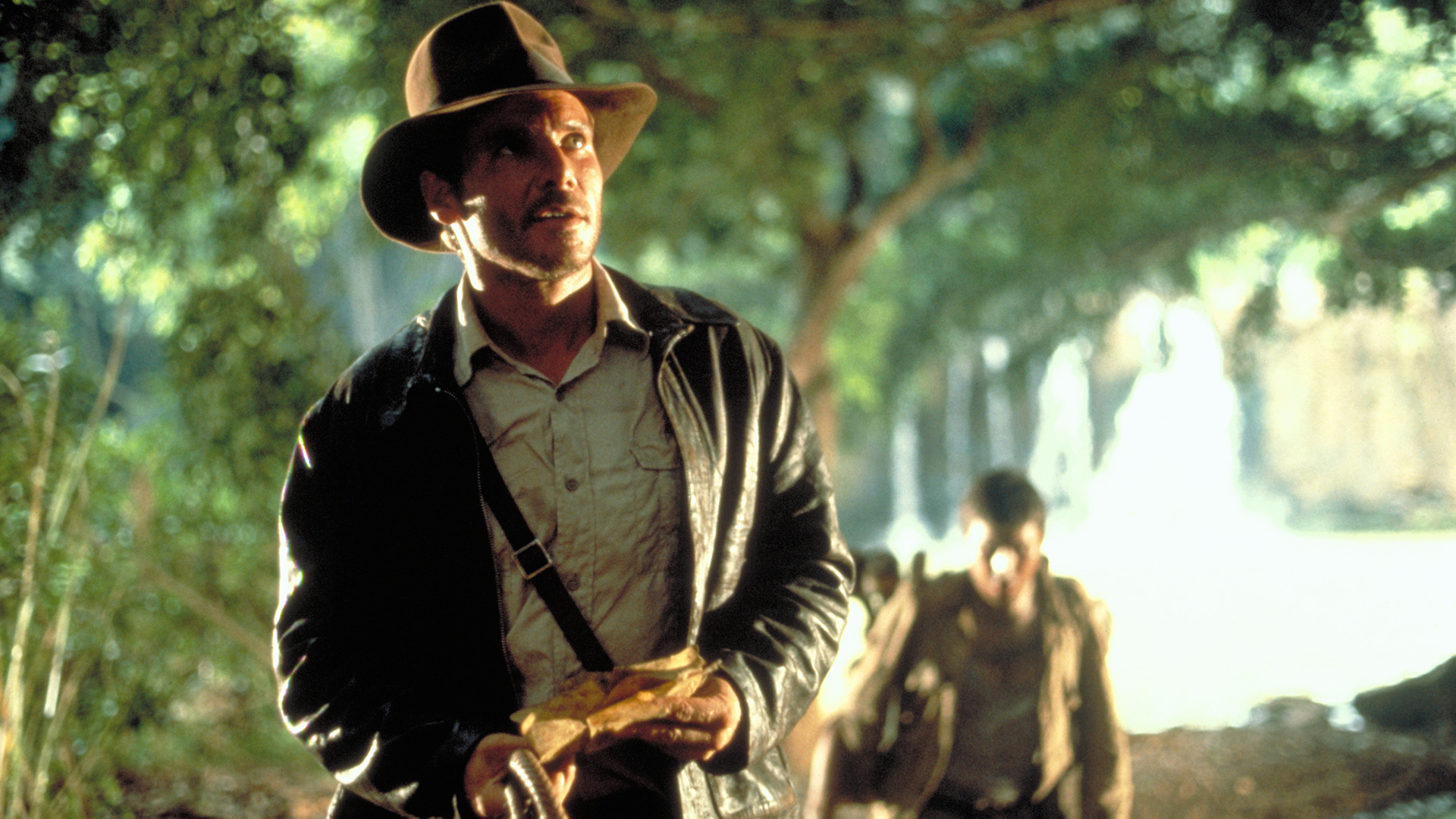
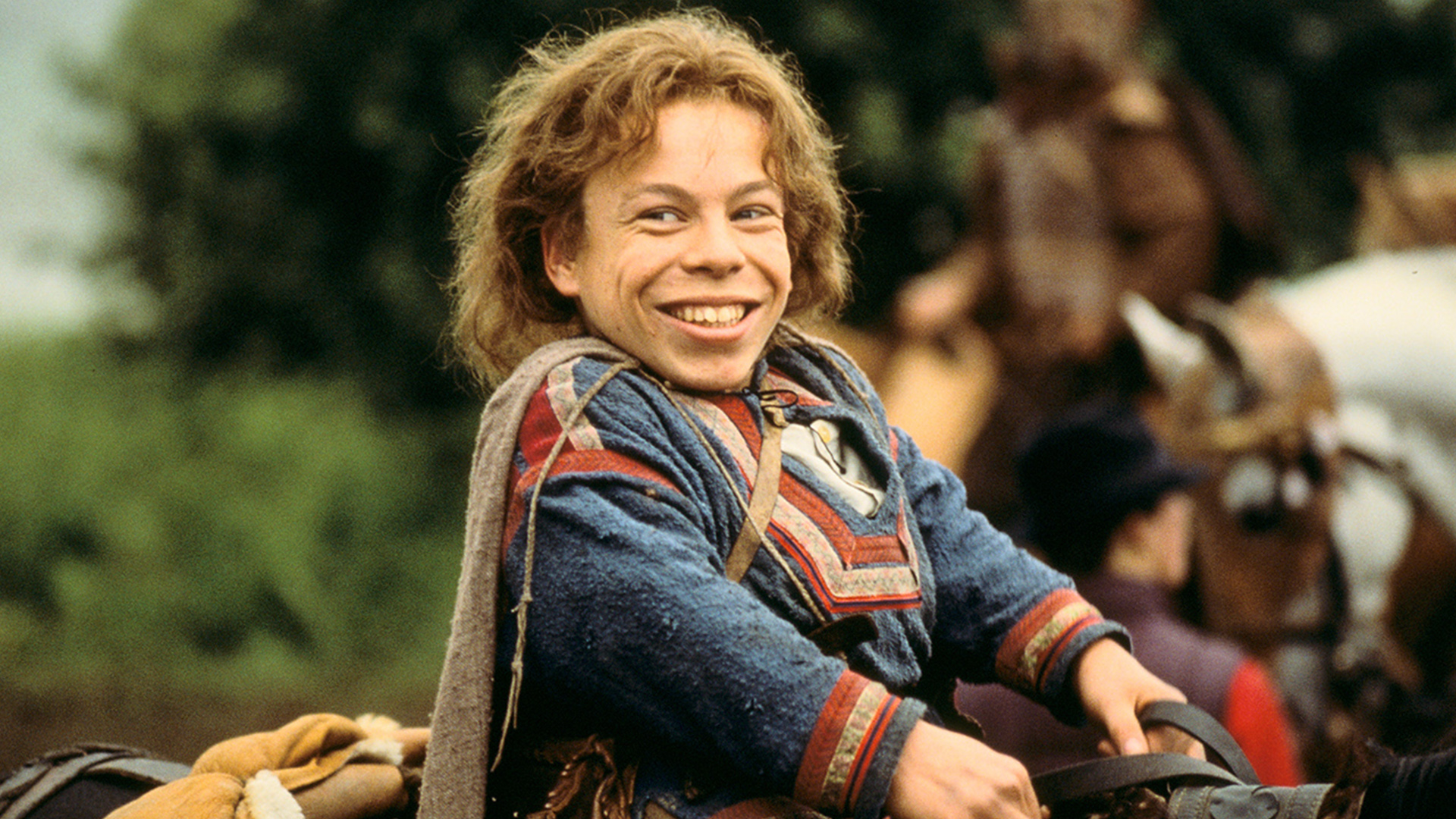
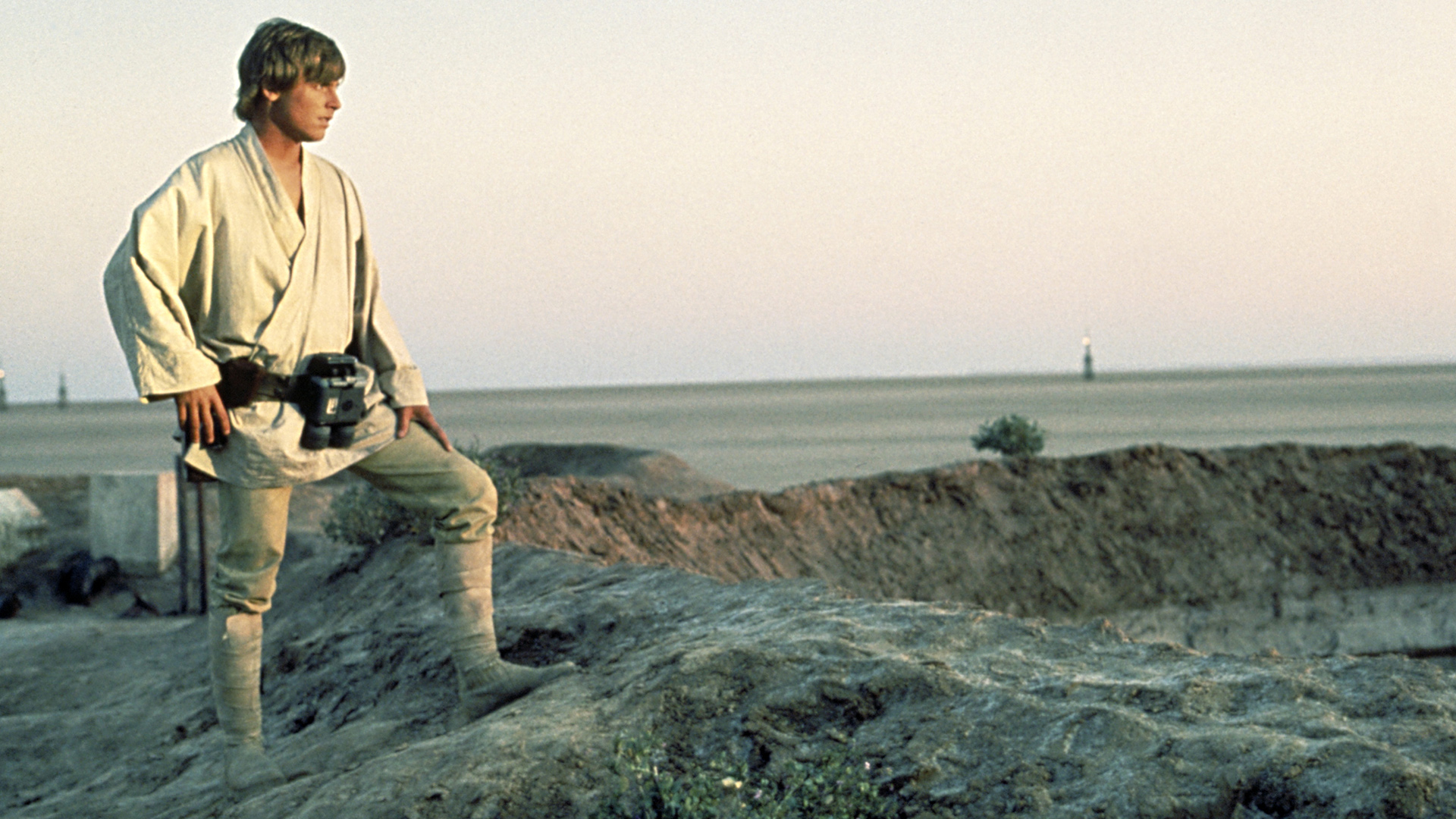
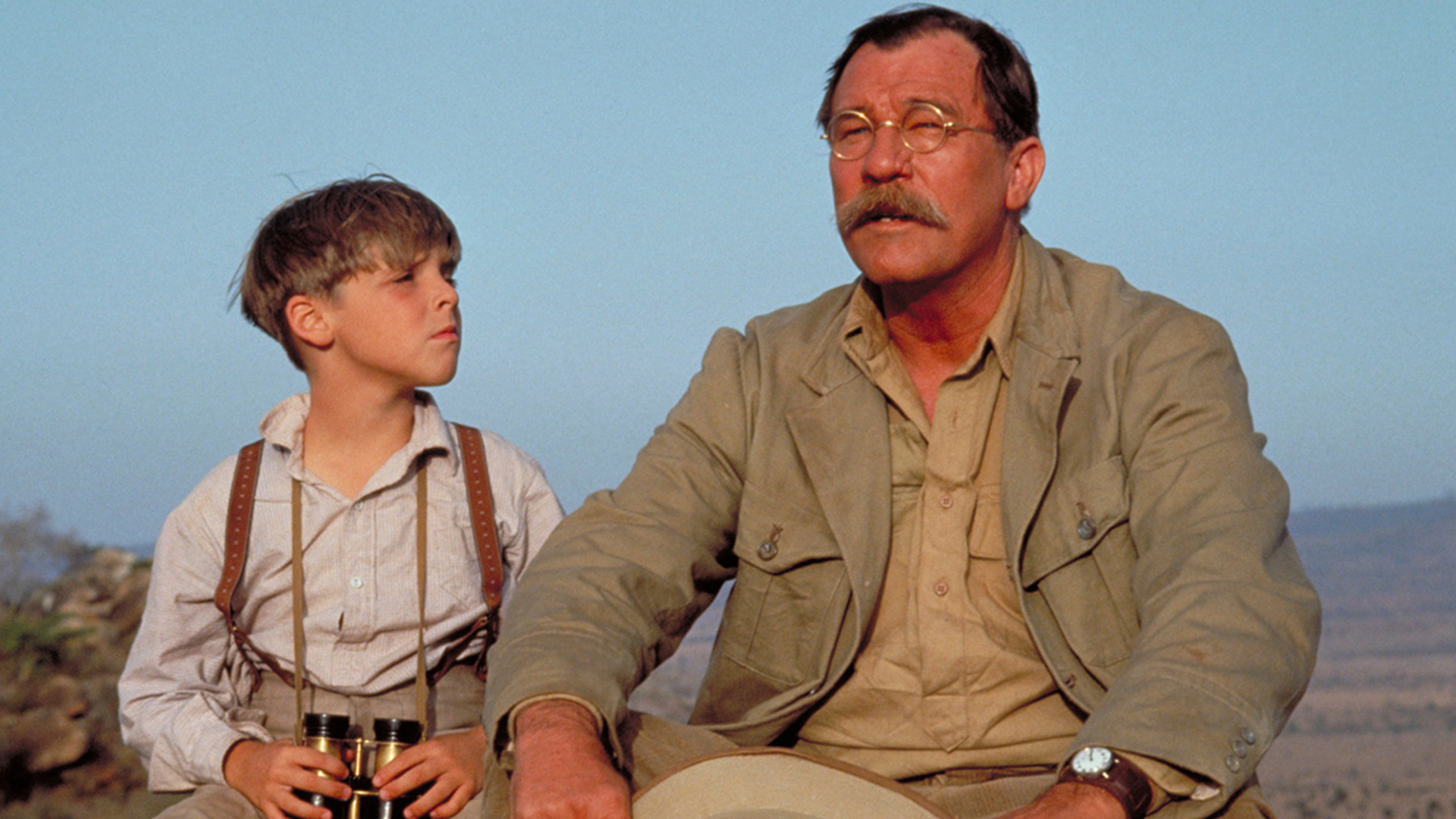
Lucas O. Seastrom is a writer and historian at Lucasfilm.

